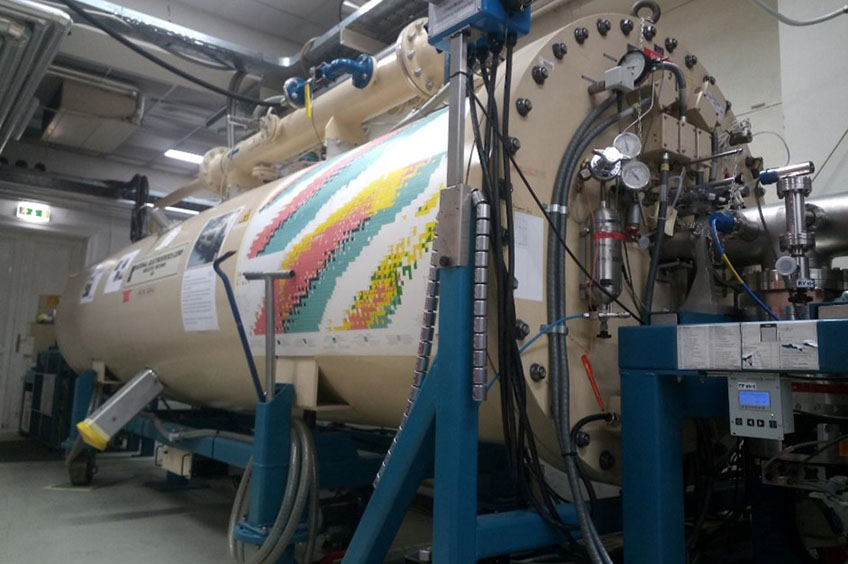HEAS Member Peter Steier publishes paper on dating Austria’s Lake Neusiedl
More On Article
- HEAS Deputy Head Promotes Archaeological Publications in Vienna
- A short and sickly life. Multi-indicator analysis of an infant from a late antique Italian burial site (Piano della Civita, Artena, 3rd-5th cent CE).
- Fire Use During the Last Glacial Maximum: Evidence From the Epigravettian at Korman' 9, Middle Dniester Valley, Ukraine
- New Paper Published!
- HEAS Members awarded FWF grant for project on Geochemical ENhancEment of Ancient DNA from SedImentS

One controversial question to date has been how long Lake Neusiedl has existed. Because there was no reliable evidence, estimates ranged from thousands to millions of years. In a joint endeavour, scientists from four Austrian universities have now succeeded in narrowing down the age of Lake Neusiedl to around 25,000 years.
Stephanie Neuhuber from the Institute of Applied Geology at the University of Natural Resources and Life Sciences (BOKU) Vienna, under whose leadership the study was carried out, is surprised by this age, which coincides with the peak of the last ice age, as it was actually particularly dry at that time. The age was determined by radiocarbon dating of carbonate minerals formed in the lake water and deposited in mud on the lake bed.